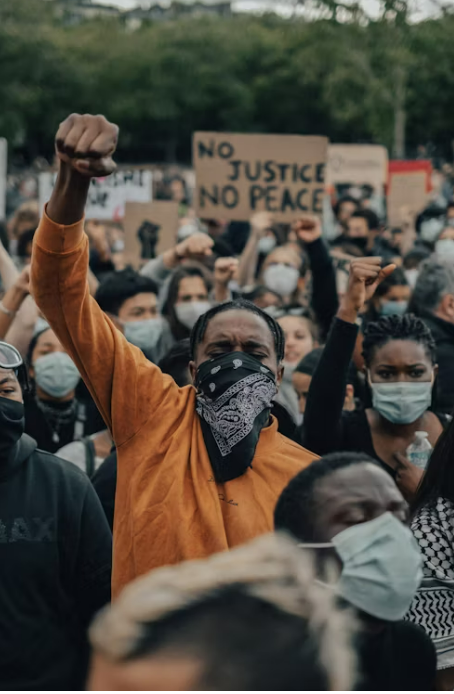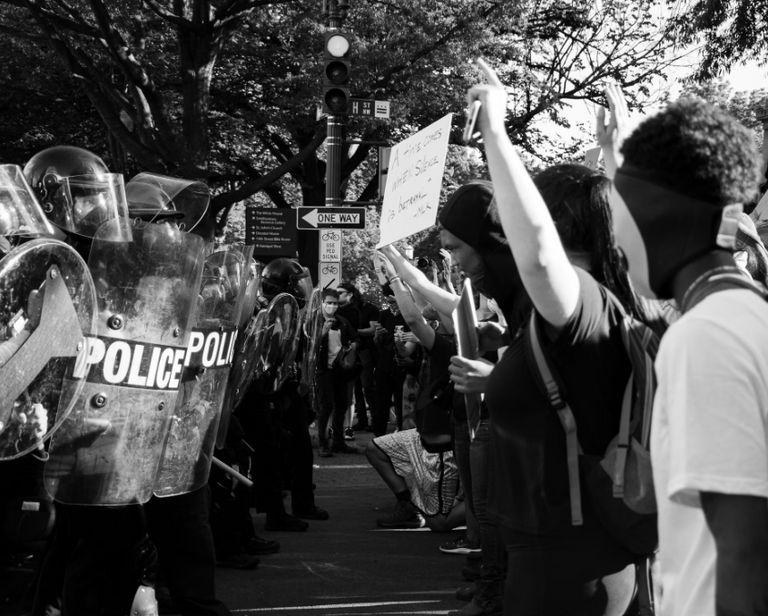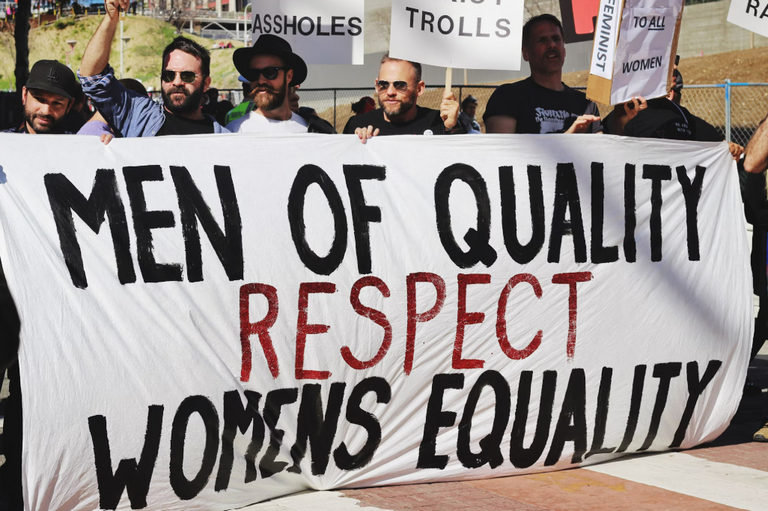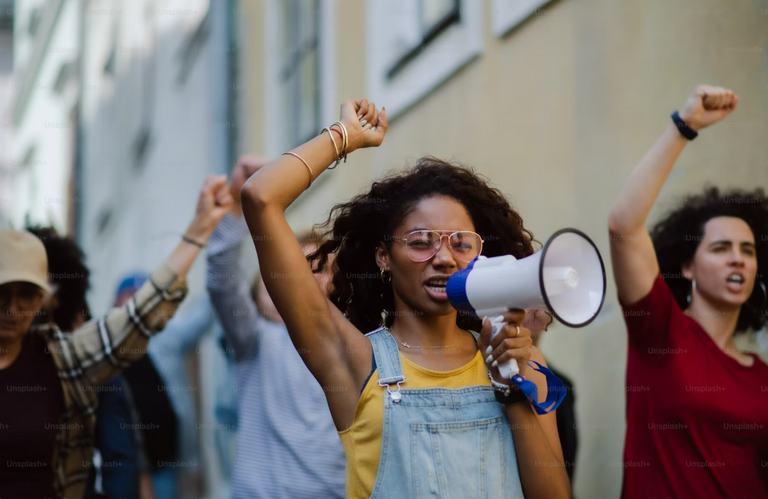Protests have been a hallmark of human civilization, serving as a potent tool for social change, political reform, and public awareness. From historical movements such as the Civil Rights Movement in the United States to more recent ones like Fridays for Future, led by Greta Thunberg, protests have significantly shaped public discourse and policy. This article delves into whether protests truly help raise awareness, examining their effectiveness, limitations, and impact on society.
The Role of Protests in History
Historically, protests have been instrumental in bringing marginalized voices to the forefront. For example:
- Civil Rights Movement (1960s): Peaceful marches and demonstrations highlighted racial injustices in the U.S., leading to landmark legislation like the Civil Rights Act of 1964.
- India’s Independence Movement: Mahatma Gandhi’s nonviolent protests galvanized millions, ultimately leading to the end of British colonial rule.
- Women’s Suffrage: Protests by suffragettes across the world resulted in women gaining the right to vote, starting in New Zealand in 1893.
These examples underscore the power of collective action in raising awareness and driving change.
How Protests Raise Awareness
Media Attention
Protests attract significant media coverage, amplifying the issue at hand. In today’s digital age, social media plays a pivotal role. Videos, images, and live streams from protests often go viral, reaching a global audience. For instance, the Black Lives Matter (BLM) protests in 2020 gained worldwide attention through platforms like Twitter and Instagram, compelling individuals and institutions to confront systemic racism.
Engagement and Dialogue
Protests spark conversations among the public, policymakers, and stakeholders. When people witness or participate in protests, they are prompted to explore the underlying issues. This dialogue can lead to a deeper understanding and empathy for the cause.
Visibility for the Marginalized
Protests provide a platform for marginalized groups to voice their grievances. For many, it is the only way to draw attention to injustices that are otherwise ignored. The LGBTQ+ Pride marches, for instance, have been crucial in normalizing conversations about sexual orientation and gender identity.
Effectiveness of Protests
While protests are powerful, their effectiveness often depends on several factors:
Clear Objectives
Protests with specific, achievable goals tend to be more effective. The Women’s March in 2017, for example, had a broad agenda but successfully highlighted issues like gender inequality and reproductive rights.
Peaceful vs. Violent Protests
Nonviolent protests are generally more successful in gaining public support and sympathy. Research indicates that peaceful protests are twice as likely to achieve their goals compared to violent ones. Violent protests risk alienating potential allies and can lead to a crackdown by authorities.
Sustainability
One-off protests may not lead to significant change. Sustained efforts, like the Climate Strikes, maintain momentum and keep the issue in public discourse.
Challenges and Limitations
Government Suppression
In many countries, governments suppress protests through censorship, arrests, or violence. This can stifle the movement and deter participation.
Public Perception
Protests are sometimes dismissed as disruptive or irrelevant, especially if they inconvenience the public. For example, blocking roads or shutting down services can lead to backlash.
Media Misrepresentation
Media outlets may misrepresent protests, focusing on isolated incidents of violence rather than the cause itself. This can skew public opinion and undermine the movement’s legitimacy.
Protests in the Digital Age
The advent of social media has transformed how protests operate. Online campaigns often complement physical demonstrations, creating a hybrid model of activism. The hashtag #MeToo, for example, began as an online movement but spurred protests and policy changes worldwide. Digital platforms also allow for greater organization and mobilization, enabling protests to scale up rapidly.
Conclusion
Protests are undeniably a powerful tool for raising awareness. They shine a spotlight on issues, compel dialogue, and often lead to tangible change. However, their effectiveness depends on strategic planning, clear goals, and sustained efforts. Despite challenges, the legacy of successful protests throughout history proves that collective action can indeed make a difference. In a world rife with social, political, and environmental challenges, protests remain a vital mechanism for amplifying voices and driving progress.



